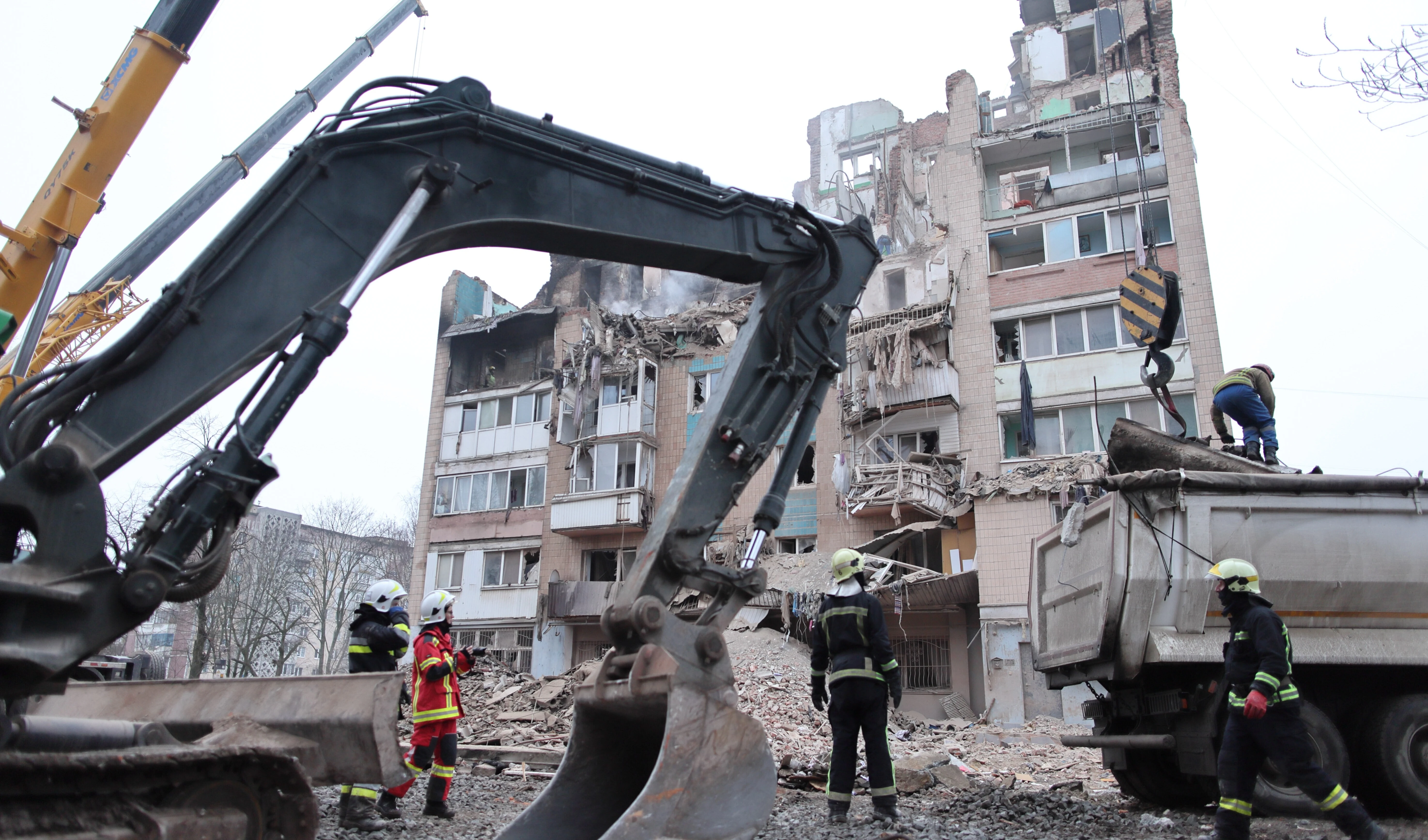US advances Gaza security force plan amid fragile ceasefire
The US is pushing forward a Gaza security force plan involving Arab and Muslim countries under the Trump ceasefire plan.
-

Displaced Palestinians walk along the coastal road near Wadi Gaza in the central Gaza Strip, moving toward northern Gaza, Friday, October 10, 2025. (AP Photo/Abdel Kareem Hana)
The United States is in advanced stages of drafting a plan to deploy an international security force to Gaza, sources familiar with the matter told Axios. The proposed Gaza security force plan, a key part of the Trump administration’s broader initiative, allegedly aims to stabilize the region in the wake of a fragile and repeatedly broken ceasefire.
According to the three officials involved, the US Central Command is leading the effort to develop the International Stabilization Force (ISF). The envisioned mission would include a newly trained and vetted Palestinian police force alongside military contributions from Arab and Muslim-majority countries.
Countries such as Indonesia, Azerbaijan, Egypt, and Turkey have shown openness to participating, though concerns remain over security risks and political complexities.
Read more: 'Israel' fortifies Gaza’s 'yellow line,' prepares to dig in: WSJ
Arab and Muslim states show tentative support
Officials say the force would be deployed under conditions acceptable to both the Palestinian Resistance and the occupation, with a core focus on monitoring Gaza’s borders with Egypt and the Israeli entity, and preventing weapons smuggling. Participation by Turkey, Egypt, and Qatar is considered critical due to their ties with Hamas.
However, "Israel" has objected to Turkey’s involvement, viewing its military presence as politically unpalatable. Still, US officials are pushing for Ankara’s participation due to its key role in negotiating previous ceasefires and influencing Hamas leadership.
“The Turks were very helpful in getting the Gaza deal, and Netanyahu’s bashing of Turkey has been very counterproductive,” one US official said to Axios.
Deployment hinges on Hamas consent and Israeli approval
A central condition of the ISF’s deployment is Hamas’s agreement to relinquish its governing authority and disarm. Though officials acknowledge that such a move may not be realistic, they stress the importance of getting the Resistance to accept the deployment and avoid framing the ISF as an occupying force.
“If Hamas consents, it’s a different situation,” said a source to Axios. “Then the force won’t be fighting Hamas, but instead maintaining order and pushing back spoilers.”
US officials are reportedly discussing guarantees for Hamas fighters to ensure they are not targeted after stepping down, according to Axios.
Read more: 300+ writers boycott NYT Opinion, cite persistent anti-Palestine bias
Trump plan tied to Gaza withdrawal conditions
The deployment of the ISF is directly linked to further withdrawal by “Israel” from the 50% of Gaza it currently occupies. The Trump plan outlines a 20-point roadmap where the presence of a neutral force is a prerequisite for de-escalation.
Behind the scenes, US envoys Steve Witkoff and Jared Kushner, alongside US Vice President JD Vance and US Secretary of State Marco Rubio, have been holding quiet talks with regional leaders and military officials in “Israel”. According to sources, these meetings have focused on determining the ISF’s size, structure, and mission scope.
Israeli military officials have emphasized that the force’s legitimacy among the local population and its willingness to use force when necessary are more important than its numbers.
UN mandate may back proposed force, but challenges remain
US officials are reportedly close to finalizing a UN Security Council resolution that would provide international legal backing for the ISF, without formally designating it as a UN peacekeeping mission.
This would allow Washington to maintain oversight and strategic control while encouraging global participation.
“The goal is to create stability in Gaza with something both sides can live with,” one official told Axios, acknowledging that skepticism remains high due to the region’s history of failed interventions.
The ISF would likely be deployed first in southern Gaza, to establish a reconstruction zone and test the feasibility of broader operations.
While there is cautious support from regional partners, the path forward is fraught with political and logistical challenges. Officials involved in the talks stress the urgency of preventing a return to full-scale war, while acknowledging the risk of failure.
“Most people who know the history of this conflict don’t give it a large chance for success,” one source told Axios. “But at the same time, no one wants to get on the wrong side of Donald Trump.”

 4 Min Read
4 Min Read











